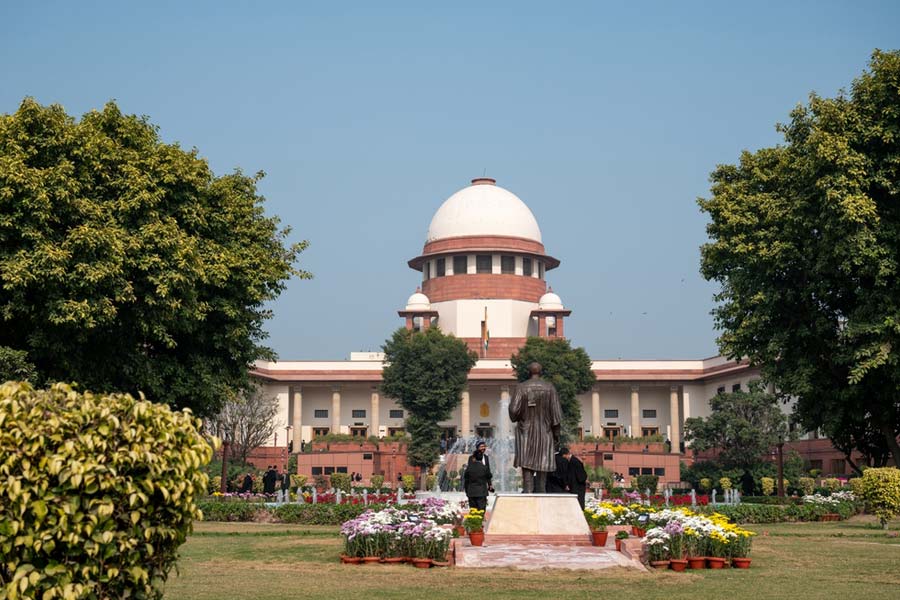What are the colours of Christmas? Perhaps the colours of joy and sharing, goodwill and peace — imagined hues. There are visible ones, too. White for snow, real or imaged, in the North and brilliant colours under the sun in the South, green for the Christmas tree, red for Santa Claus and Rudolf the Reindeer’s nose, with everything touched by the brightness of twinkling lights — silver, orange, blue, pink or anything pulled out of the rainbow. When a child learns the difference between red and blue, he or she is still innocent of the power of colour. The colour of skin will matter, as will the colours of the flag they are born under. These associations suggest a certain crudeness that centuries of civilization have been unable to remove. Freedom from such shackles lies instead in going back to a pure sense of colour that can be glimpsed in the artist’s absorption in his own palette, the dyer’s excitement in the hues of plants and flowers with which he douses threads and fabrics, or the bird or butterfly lover chasing the flash and swirl of many-shaded life.
But colour seeps quietly into perceptions and hardens into symbols and metaphors that may vary from culture to culture. Jealousy is a green-eyed monster in the West, but the green on the Indian flag stands for prosperity, faith, hope and similar ideals, just as saffron symbolizes courage and sacrifice. At the Christmas Eve celebrations of the Ramakrishna Mission Ashrama, Narendrapur, Father Rodney Borneo from the archdiocese of Calcutta referred to the colours of the Indian flag in which lay India’s love. He was objecting to the use of the phrase, “saffron terror”, emphasizing that terror has no colour: it resides in the person. The monks hosting the event wore saffron robes that Indians equate with holiness and peace, not aggression and violence. In Hindu culture, saffron is for those who forego earthly rewards to serve god and human beings.
The most important point the priest made was that violence has no colour — violence is in the heart. The moral force of this remark must be acknowledged — given its unspoken context. It is undeniable that Hindutva is nowadays often imagined as saffron — it relies on the visible support of sadhus to increase its appeal — while the aggressive use of religion in politics has shorn saffron of its sacrificing shades. This is the politics of exclusion, in which religious discrimination as political strategy emanates, thinly disguised, from the Centre or is frankly flaunted by chief ministers in the states, one of them in saffron. The colour thus becomes frightening to many. The priest is right: it is the heart full of violence that must be confronted, not the colour used to conceal it. Just like violence, goodwill and peace are in the heart too, and wearing saffron should not take that away.











